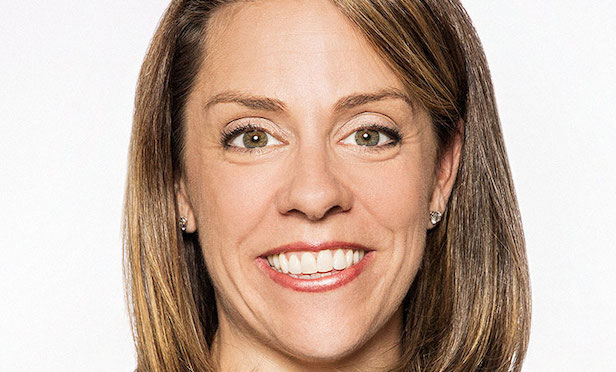
LOS ANGELES—There's a gap between recognition and action when it comes to real estate portfolio agility. Corporate real estate executives recognize the need for portfolio agility, but just 14% of those surveyed recently by CBRE would say their organizations are meeting that need. That's the case even as 67% of the survey respondents rank agility as a critical element of their overall success.
“It's early in the strategy for most companies,” says Brandon Forde, CBRE's executive managing director for advisory & transaction services | occupier. Accordingly, corporate real estate departments are still getting the lay of the land. “On top of that, the marketplace is changing rapidly.”
CBRE explores the concept of real estate agility in a pair of reports discussing the implications for occupiers and investors, two groups that obviously approach agility from different vantage points. In terms of occupiers, says Forde, “Companies have been experimenting with workplace strategies for a long time. They've been exploring different ways to lease space, whether short-term, sublease or serviced office, for a long time.
“What's new is some of the products that are entering the market. Concepts like coworking and enterprise coworking are changing the way that people think about space, and some of the assumptions people have about space”—in density, for example.
In the short term, CBRE anticipates that corporate tenants will experiment with portfolio agility. “We don't see these companies switching 100% to moving into a WeWork or a Spaces,” says Forde. “But we do see this becoming a piece of their overall strategy.”

And it shouldn't take long for them to figure it out, given that agility is inherently “flexible, iterative and fast,” says Julie Whelan, head of occupier research in the Americas for CBRE. “It won't be long before we see what sticks, because frankly, anybody that's taking excessive time to plan and analyze this probably isn't using it appropriately anyway.”
From an investor standpoint, nearly half of those surveyed by CBRE believe that agility will have the most impact on real estate value in 2018. Whelan sees two basic elements to space agility in terms of driving value. 'From a tenant standpoint, the value they're looking for is super simple: they want something that's cost-effective, efficient and flexible,” she says. It's more complicated when defining value from the investor's standpoint.
“Typically, the investor is looking to tee up long-term leases with credit tenants,” says Whelan. Since the concept of flexible space hasn't lasted a full cycle yet, we're not sure about the credit of a lot of these newcomers. So value is taking on a different meaning.”
Investors see value in that “they're adding an amenity that they're hopeful will attract prospective tenants and keep existing tenants engaged,” she says. “They're probably also engaging with this type of service because it's in keeping with the type of building image they're trying to convey.”
Forde points out that in terms of a property's resale value, “There seems to be a consensus emerging that a moderate amount of flexible space doesn't really affect the price a building will sell for. However, there's also a school of thought among some owners that having the right type of flexible or coworking space will help them attract tenants and increase value longer term. That hasn't really been proven yet; we're watching that to see what happens.”
Organizational agility has broader implications than lease terms, of course. “It tends to be a common phrase in corporations, and I think that having real estate executives apply it to their framework of decision making will help get them in the door of the C-suite and pique the interest of the C-suite,” says Whelan.
She cites procuring space to test a new workplace strategy as an example, as well as workplace design, i.e. “moving away from fixed environments and into flexible environments that can be amended quickly as the needs of the business change. It could also mean partnering with third parties to introduce this new concept of a sense of place and a special experience in the work environment. There are a lot of different aspects of agility, and it's important to recognize that all organizations are at different points in their journey and that the agility strategy needs to be fashioned to the needs of the organization under discussion.”
© Touchpoint Markets, All Rights Reserved. Request academic re-use from www.copyright.com. All other uses, submit a request to [email protected]. For more inforrmation visit Asset & Logo Licensing.







